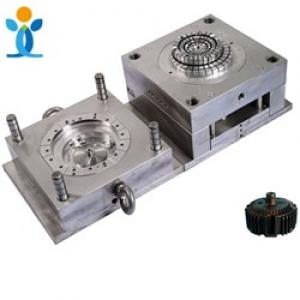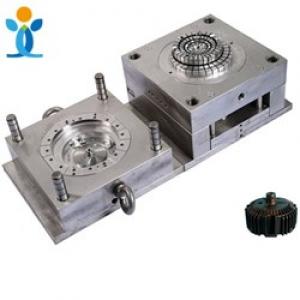Injection molding materials with good transparency
Injection molding materials with good transparency
There are many standards to measure the transparency of some plastics, such as transmittance, haze, refractive index, birefringence and dispersion. See whether there are requirements for the soft hardness and strength of the material. Transparent injection molding products generally use PS, SNA (as) materials, PMMA and other materials. However, they all have a brittle problem that needs to be paid attention to.
PS belongs to general plastics, and the price will not be higher than that of PP (transparent). If the transparency of PP (crystalline material) is continuously improved, its crystallization needs to be restrained in the process of material preparation, so the cost will be higher.
According to the light transmittance of the material, it can be divided into:
Transparent material: the wavelength is 400nm-800nm, and the transmittance of visible light is more than 80%;
Translucent material: the transmittance of visible light at 400 nm - 800 nm is between 50% - 80%;
Opaque material: the refractive index of 400 nm - 800 nm visible light is less than 50%.
According to the above classification, resins can be divided into transparent resins: mainly including PMMA, PC, PS, pet, PES, J.D series, CR-39, San (also known as as as), TPX, HEMA, BS (also known as K Resin), etc;
Translucent resin: PP, PA; Opaque resin: ABS, POM, PTFE, PF, etc.
Principle of improving plastic transparency: reduce crystallinity, control clean quality, improve refractive index and reduce birefringence.
Improvement method:
To improve the transparency of plastics, nucleating agent can be added, which is the most effective way to increase the light transmittance of transparent resin. It can promote the crystallization of small molecular substances. It can play the role of crystal nucleus in resin.
Blending to improve the transparency of plastics is to add other resins to the transparent resin to improve the transparency.


